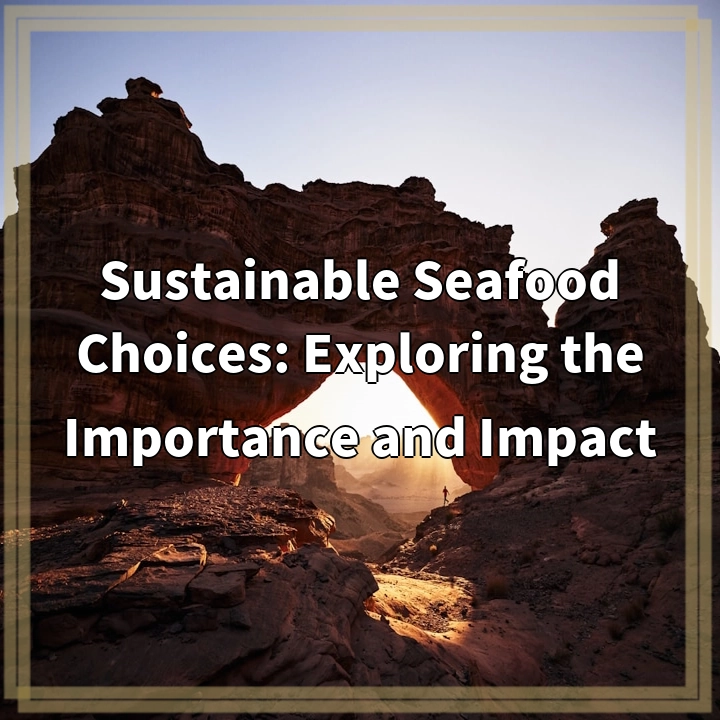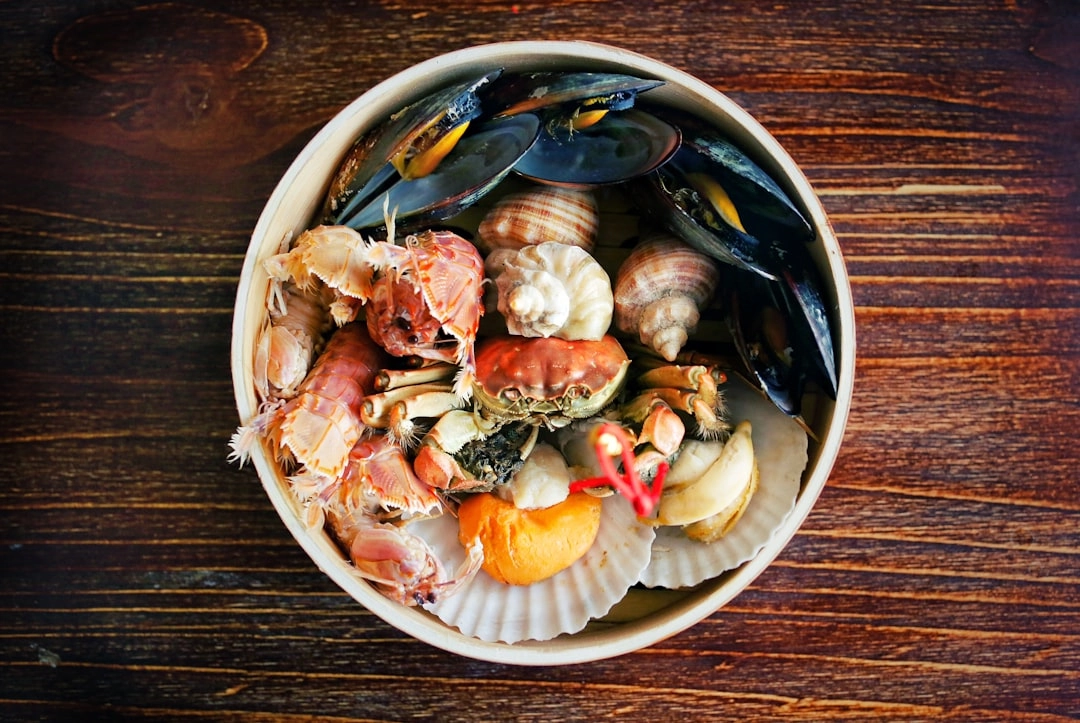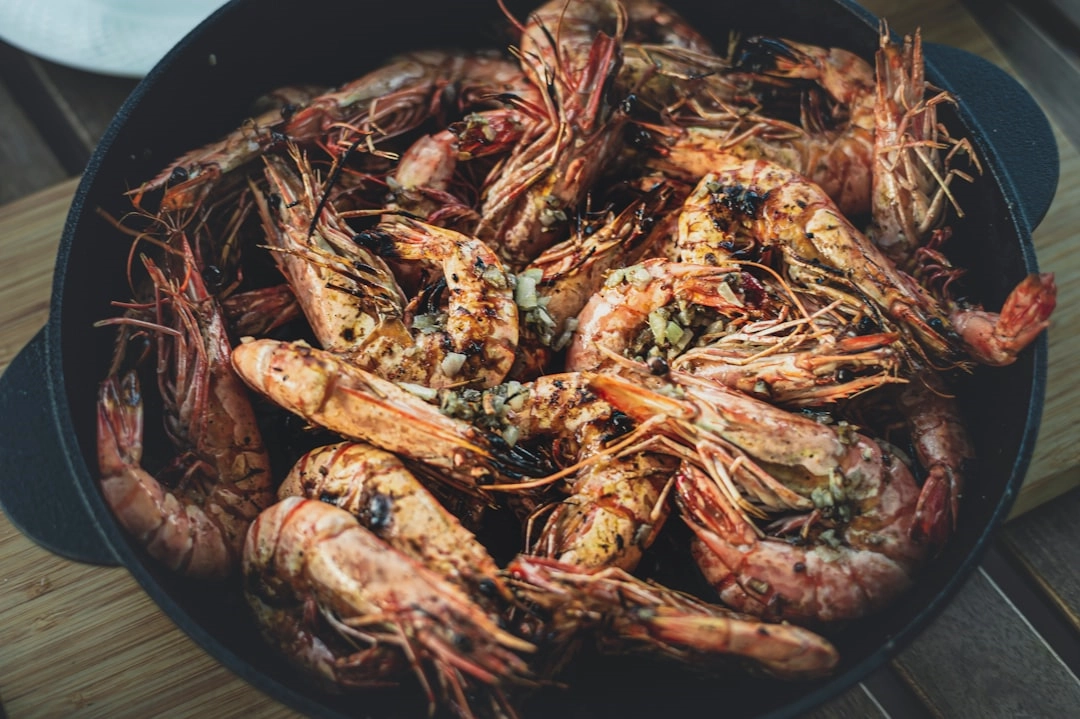
What is Sustainable Seafood Choices?
Sustainable seafood choices refer to the selection of fish and seafood options that are caught or farmed in a way that minimizes environmental impact and supports the long-term health of marine ecosystems. It involves choosing seafood that is sourced through sustainable fishing practices or responsibly farmed, ensuring that the species and habitats are not harmed in the process.
Real-World Problems Associated with Sustainable Seafood Choices
Overfishing
One significant problem is overfishing, where fish stocks are depleted due to excessive fishing efforts. This occurs when more fish are caught than can be naturally replenished, jeopardizing the balance of the marine ecosystem. Overfishing can lead to declines in certain fish populations, disrupt food chains, and harm biodiversity.
Bycatch and Discards
Bycatch occurs when non-target species are unintentionally caught during fishing operations. This can include marine mammals, sea turtles, and seabirds, among others. Bycatch can suffer injuries or be killed and has a detrimental impact on these species and their habitats. Discards, where unwanted catch is thrown back into the water, can also contribute to wasteful fishing practices.
Habitat Destruction
Fishing activities, such as trawling or using destructive gear, can cause significant damage to marine habitats. Bottom trawling, for example, involves dragging a large net along the seafloor, which can destroy seafloor habitats and coral reefs. This habitat destruction affects not only the targeted species but also the entire ecosystem that relies on these habitats for shelter and food.
Illegal, Unreported, and Unregulated (IUU) Fishing
IUU fishing refers to fishing activities that operate outside of regulations and laws, undermining conservation and management efforts. It contributes to overfishing, depletes fish populations, and harms marine ecosystems. IUU fishing often involves operating in protected areas, using unauthorized fishing gear, or misreporting catches, making it difficult to monitor and manage resources sustainably.

Sustainable Solutions for Seafood Choices
1. Sustainable Fishing Practices
Implementing sustainable fishing practices is crucial to address overfishing and reduce the negative impact on marine ecosystems. This includes setting catch limits, implementing fishing methods that minimize bycatch, and promoting selective fishing practices that target specific species or sizes to preserve biodiversity.
2. Responsible Aquaculture
Aquaculture, or fish farming, can provide an alternative to wild-caught seafood. However, it must be done in a responsible and sustainable manner. Promoting responsible aquaculture involves minimizing environmental impacts, managing water quality, and ensuring the use of sustainable feed sources to prevent habitat destruction and reduce pollution.
3. Certification and Labeling Programs
Consumers can make informed choices by looking for certification and labeling programs that guarantee sustainable seafood. Organizations such as the Marine Stewardship Council (MSC) and Aquaculture Stewardship Council (ASC) certify fisheries and farms that adhere to rigorous sustainability standards. Choosing products with these certifications helps support sustainable practices and encourages the industry to improve its sustainability efforts.
4. Promoting Awareness and Education
Raising awareness and educating the public about the importance of sustainable seafood choices is vital. This can be done through educational campaigns, outreach programs, and incorporating sustainability into school curricula. By understanding the impact of our seafood choices, individuals can make more informed decisions and advocate for sustainable practices.















